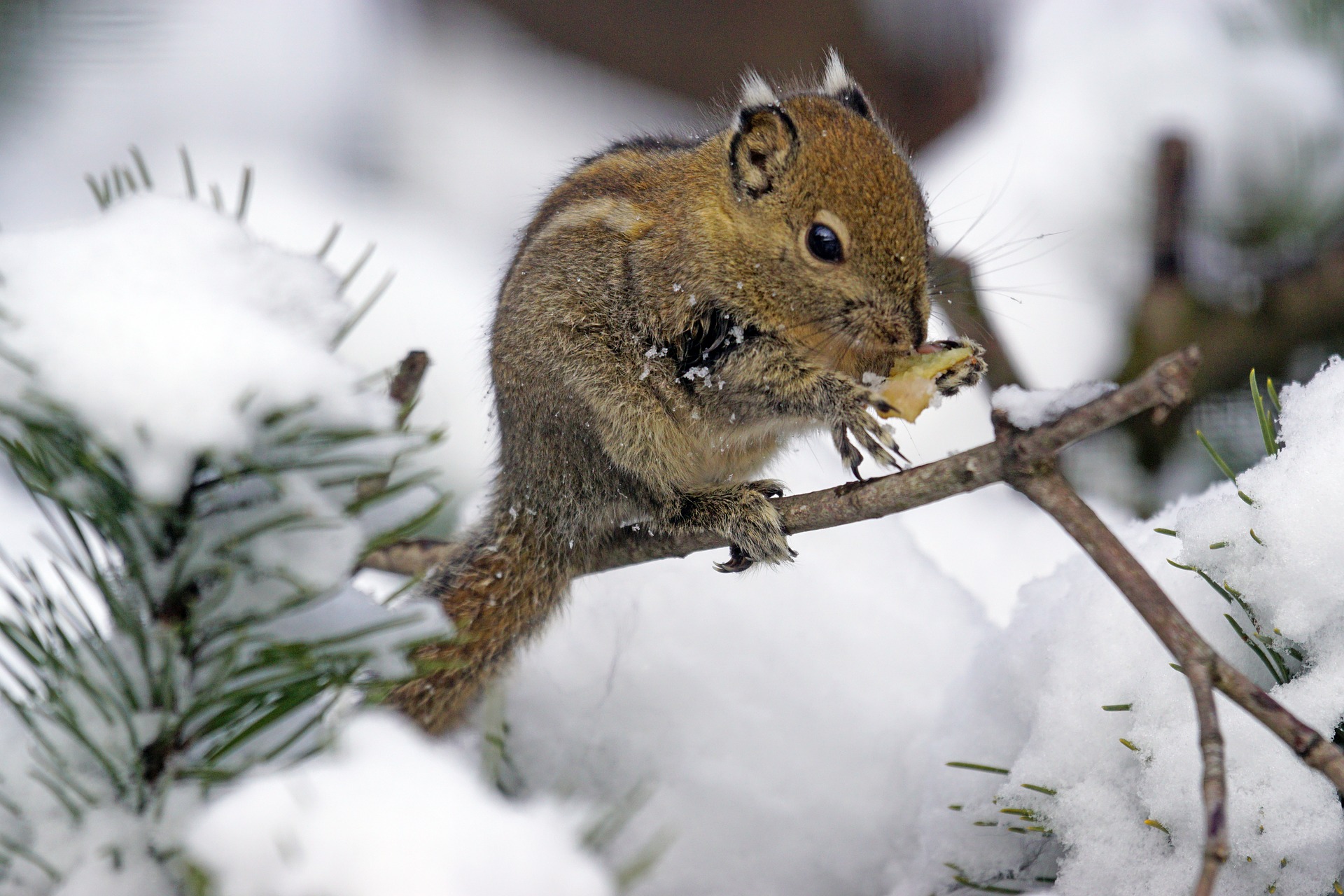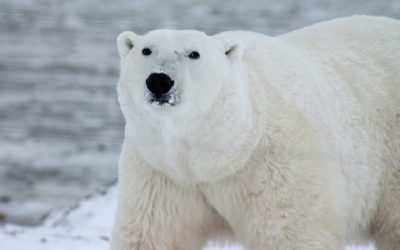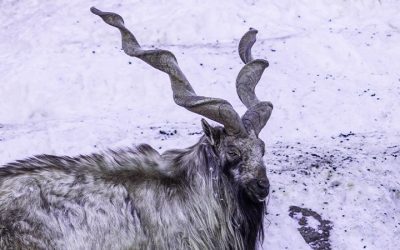During the winter time, when the atmospheric temperature plunges to extreme low levels, survival becomes an important issue for many species of animals. Frigid temperature brings an overall scarcity of food, and this harsh living condition makes many animals to employ mechanisms like migration and hibernation for survival. Animals that employ migration for survival simply relocates themselves to another geographical location which offers favorable living conditions. Some types of mammals, rodents and reptiles fight the harsh winter conditions by indulging in another type of survival mechanism called hibernation, which is almost like undergoing a very lengthy sleep.
When animals hibernate, their body functions gets suspended and metabolism drops to astonishingly low levels thereby saving precious energy, which contributes to the survival of the animal. In hibernating animals, body temperature drops and breathing and heart beats gets reduced to bare minimum levels. Only those activities that are absolutely necessary for keeping the hibernating animal in a living state are performed by the body.

For example, in a hibernating chipmunk, the heart rate drops to an astounding bare minimum of 5 beats per minute, whereas in an active state, the chipmunk’s heart beats at an average rate of 200 beats per minute. It is amazing to find that a hibernating hedgehog breaths only once every six minutes and a fat tailed lemur takes breath only once every twenty minutes. Warm-blooded animals that hibernate can turn almost cold-blooded due to the steep drop in the body temperature.
In hibernating state, the body temperature takes a deep plunge and remains just above that of the surrounding temperature. In a golden-mantled ground squirrel, which has an average body temperature of 32 °C, the body temperature plummets down to a mere 4 °C during hibernation. In such a state their heartbeat is too faint to detect and all the digestive and other body systems appear almost as if they are at a standstill.
How do animals know when to hibernate?

Hibernation in animals is triggered by many factors and most of them are connected to the changes happening in the animal’s habitat. Animals, which use hibernation as a survival tactic, are deeply connected to their environments and can foresee the onset of winter by sensing minute atmospheric alterations that happen around them. Factors like plunge in atmospheric temperature, shortening of day length and even their internal bio-clocks help the animals in getting ready to hibernate.
Some hibernation related hormones also trigger the biological changes within the animal, which will help them undergo hibernation and preserve energy while surviving in a sleeplike bodily state. Before entering the hibernating state, these animals prepare themselves to the long periods of hibernation by packing themselves with reserves of fat by indulging in a feeding frenzy. Some species of animals also store food in their den, which they consume when they wake up for short periods during hibernation.
When the atmospheric temperature rises at the onset of spring season, the hibernating animals start to slowly wake up. This is a gradual process in most species and can take weeks for the animal to recover fully from the long periods of inactivity. At first the hibernator starts to stir and then gradually the body temperature rises, breathing and heartbeats increases, blood circulation improves and finally the animal awakes completely.
The length of hibernation is mostly dynamic as it depends on a range of factors like the species, weather patterns in a specific year, geographic locations and even individual animals. For example, Black bears, hibernate for 6 months in the harsh Alaskan winter but will hibernate for only 2 to 3 months in more temperate geographical areas. In habitats with plenty of food they remain active throughout the year, without undergoing hibernation.
Dormants and Hibernators

In winter the main aim for a species is to conserve as much energy as possible to overcome the scarcity in food and to endure the harsh icy temperatures. All the bodily functions slowdown in order to conserve energy. Some animals like bears and badgers sleep through winter to conserve energy and this state can be called dormancy.
The state of dormancy differs from hibernation as there is not much dip in the dormant animal’s body temperature. And these winter sleepers can wake up quickly, if required. Unlike the winter sleepers, true hibernators have drastically lowered body temperatures and reduced body functions.






0 Comments